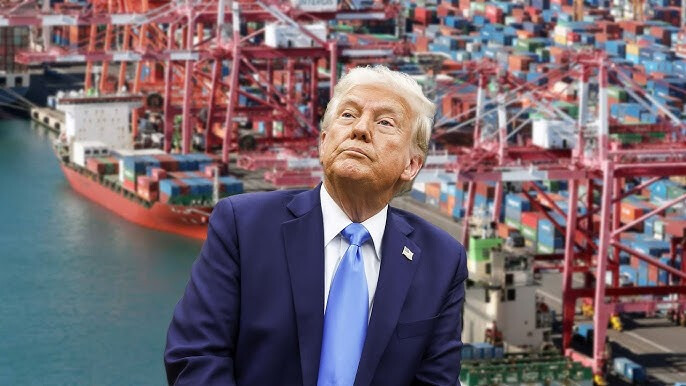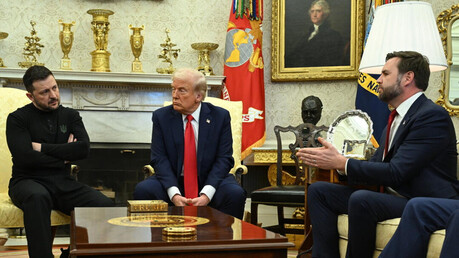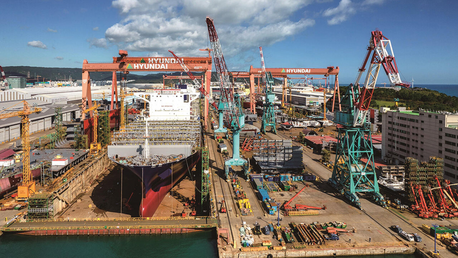
Controversy continues to surround the various economic policies initiated by President Donald Trump since the beginning of his term, and concerns are growing that his reckless tariff policies and the reversal of regulations through executive orders could shake the very foundation of the American economy. Some experts are even cautiously raising the shocking possibility that if this trend continues, the United States could face a national bankruptcy crisis by 2026.
The Trump administration's economic policies are championed under the banner of 'America First,' but the methods are drawing fierce criticism. In particular, the imposition of 'punitive tariffs' on specific countries and products often seems to be based on the president's impulsive decisions without clear criteria, increasing unpredictability. Critics point out that this is disrupting global supply chains, amplifying uncertainty in the global trade market, and causing even American companies to put investment plans on hold.
An economic expert, who wished to remain anonymous, warned, "With tariff policies wavering based on a single tweet from the president, companies find it difficult to make long-term business plans," adding, "This will inevitably lead to a decline in U.S. productivity and job instability."
Another issue being raised is the increasing number of cases where President Trump easily nullifies laws passed by Congress or regulations from administrative agencies through the use of executive orders. Criticism has been leveled that presidential executive orders are undermining legal stability in various areas, including environmental deregulation and changes to immigration policy. This is seen as shaking the foundations of the rule of law and eroding policy consistency, further reducing the predictability of economic activity.
Extreme analyses suggest that if this instability continues, the fundamentals of the U.S. economy could weaken and even the nation's credit rating could be shaken. A Wall Street analyst warned, "If the current policy trend continues, the U.S. could experience an unbearable level of debt and an economic crisis around 2026," stating, "National bankruptcy is not a mere speculation, but the worst-case scenario that policy failure could bring."
Of course, there are skeptical views regarding these forecasts. There is considerable counter-argument that the solid size of the U.S. economy and the status of the dollar as the world's reserve currency will not be easily shaken. However, economic experts are in agreement, stating, "If the current policy uncertainty is prolonged, it's only a matter of time before the vulnerabilities of the American economy are exposed."
As President Trump's term lengthens, the ripple effects of his economic policies on the U.S. and global economies are expected to grow. In 2026, will the U.S. be able to overcome this crisis theory and demonstrate its resilience? The eyes of the world are fixed on Washington, D.C.
[Copyright (c) Global Economic Times. All Rights Reserved.]





























